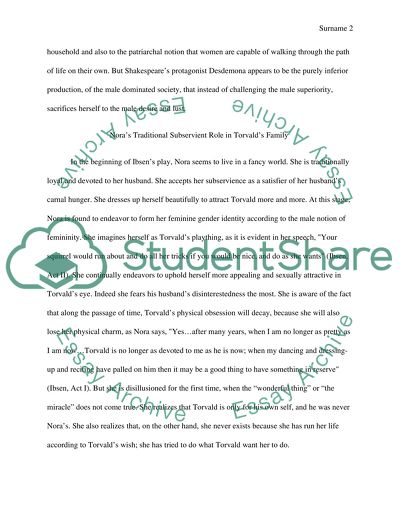Cite this document
(“Portrayal of Women as a Plaything in the Hands of Their Male Essay”, n.d.)
Retrieved from https://studentshare.org/literature/1449404-drama-essay
Retrieved from https://studentshare.org/literature/1449404-drama-essay
(Portrayal of Women As a Plaything in the Hands of Their Male Essay)
https://studentshare.org/literature/1449404-drama-essay.
https://studentshare.org/literature/1449404-drama-essay.
“Portrayal of Women As a Plaything in the Hands of Their Male Essay”, n.d. https://studentshare.org/literature/1449404-drama-essay.


